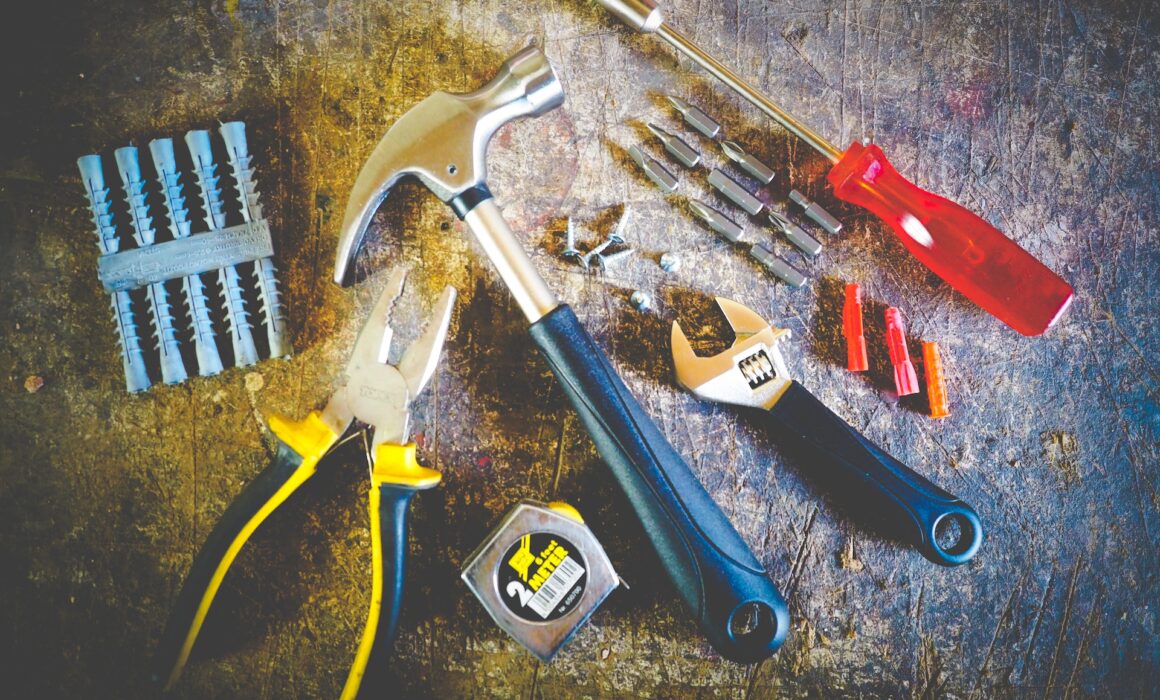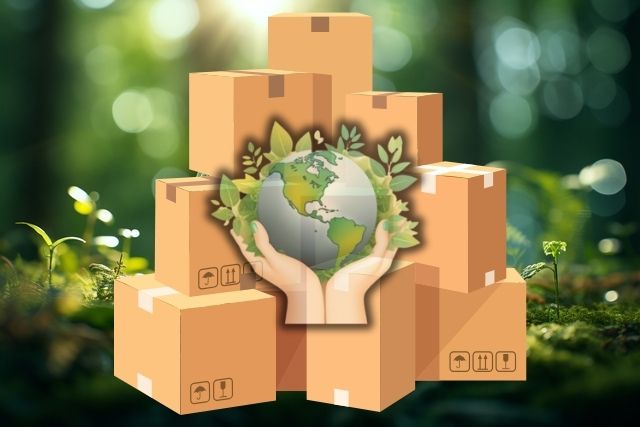
In a world that often seems dominated by a throwaway culture, where it’s often easier to replace items than repair them, the idea of fixing and refurbishing second-hand goods is gaining ground. There’s a growing recognition of the environmental and economic benefits of repairing items instead of discarding them and buying new replacements. In this blog post, we’ll explore why repairing second-hand goods makes sense and how to go about it.


